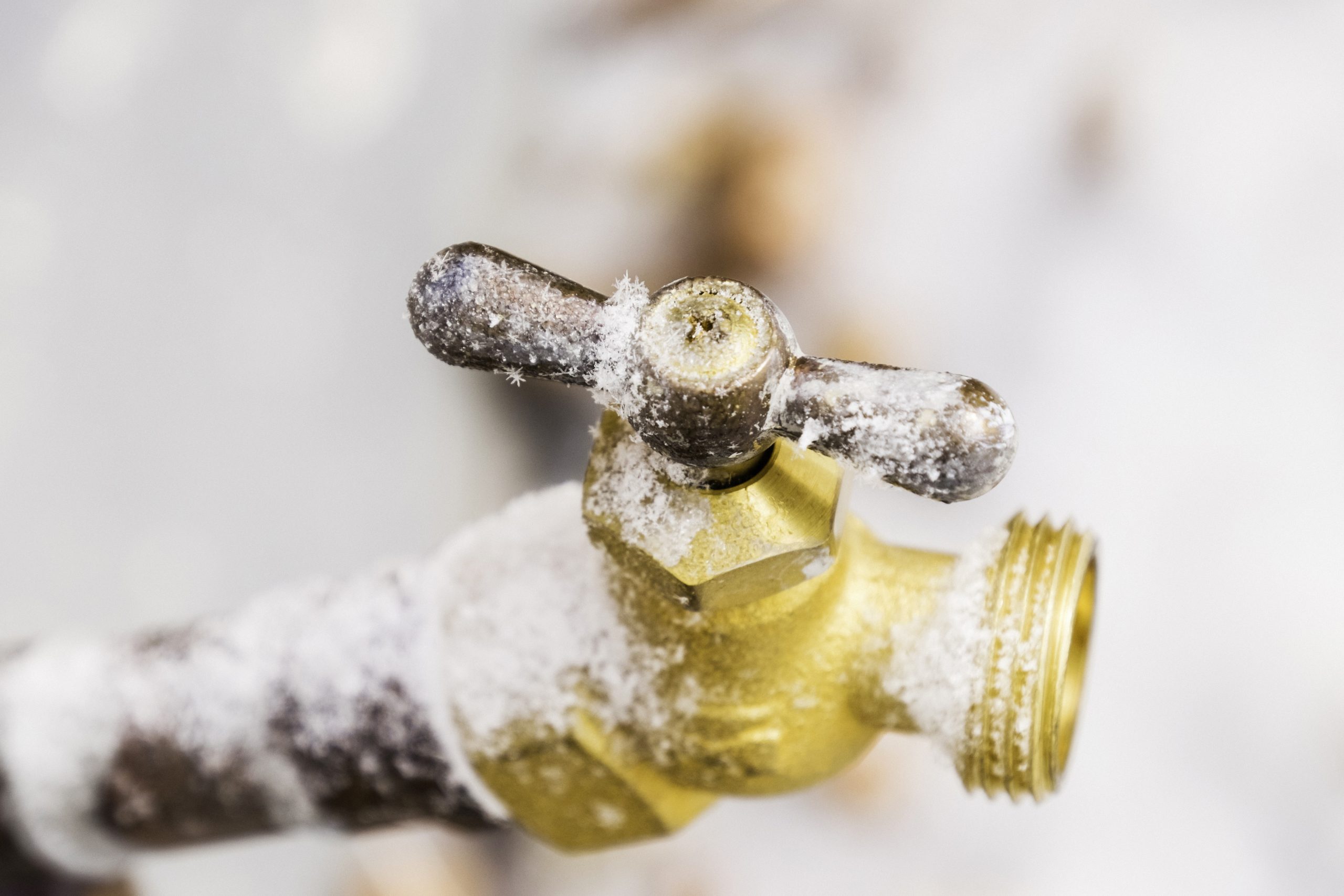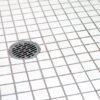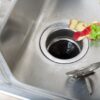How to Keep Pipes from Freezing

Here in Minnesota, we love to keep our grass green and our flowers blooming, but during the winter, it’s a different story. With colder weather comes the possibility of frozen pipelines. As temperatures start to plunge, your home fixtures and faucets are in danger of the water inside your pipes freezing. With water freezing and pipelines expanding, your pipes are prone to bursting. Read on to learn more about how to keep pipes from freezing.
Disconnect all External Water Fixtures
Summer has quickly turned to fall, and before we know it, we will be heading into the brisk winter season. Winter means a lot of snow and ice. We recommend disconnecting all external water fixtures and draining all exterior pipes, so they don’t freeze. You should also drain water from any sprinkler supply lines. The leftover water in your hoses and outdoor faucets can expand and freeze, which can lead to the pipes or valves bursting.
Let Your Faucets Drip
Consider leaving your faucets on a small drip. This drip will help to keep water coming into your house circulating and therefore not freeze any pipes. When you leave a couple of your facets running, it will alleviate possible pressure from building up inside the pipes. This will also help to prevent a possible rupture if the water does end up freezing.
Leave Doors and Cabinets Open
It may sound a little odd, but leaving doors, kitchen, and bathroom cabinets open will also help to prevent pipes from freezing. Leaving them open will help circulate the heated air from the rest of the house to the pipes, preventing them from freezing. Another way to heat up the pipes is to place a small lamp with incandescent bulbs under sinks. Remove any flammable items so you don’t start a house fire.
Steps to Take if Your Pipes Freeze
If you have no flow in your water or have about a foot of water in your basement in the winter, then your pipes may be frozen. We here at Robillard want to prepare you for the worst of outcomes. So, here are a few steps to take if you think that a pipe has frozen:
Step 1: Turn your sink and bathroom faucet on. Let the water drip to prevent a pipe from bursting.
Step 2: Find and warm up the frozen section of the pipe. A hair dryer or space heater will work best. Remember to keep the faucet on while you are doing this.
Sept 3: Keep adding heat. Once you see that the water pressure has come back on, stop heating the pipe.
If you suspect, your pipes are frozen and are unsure how to handle it, Robillard Plumbing is here to help. You can either follow our steps in this blog or contact one of our professionals today.



